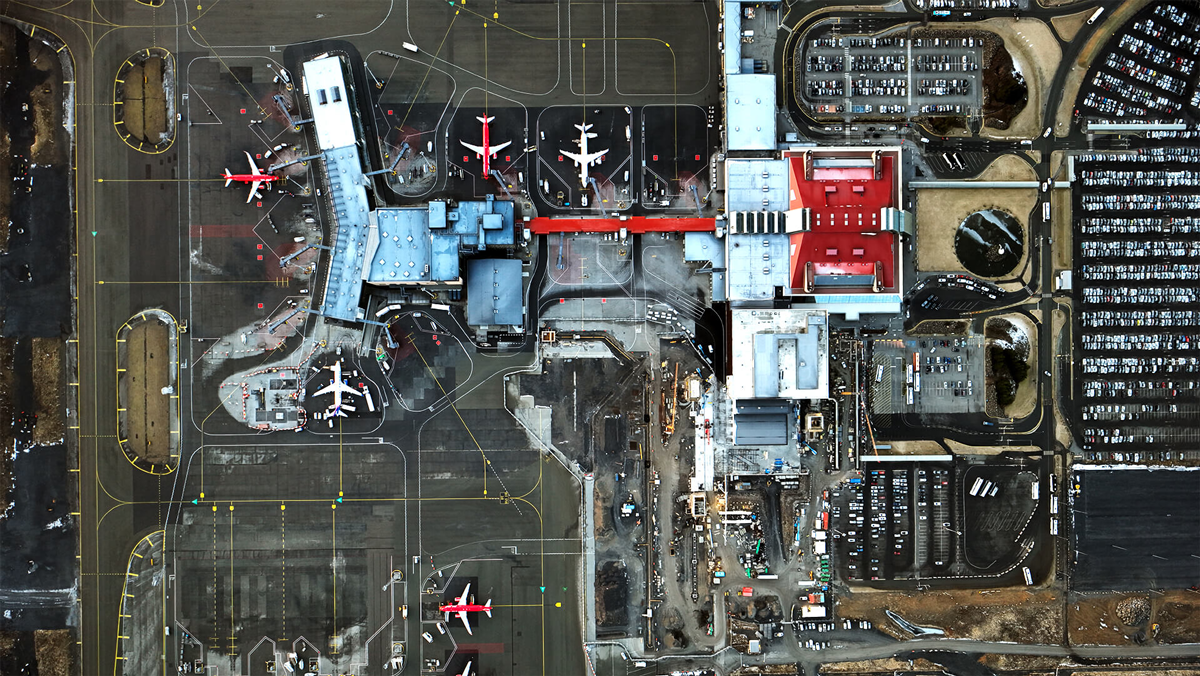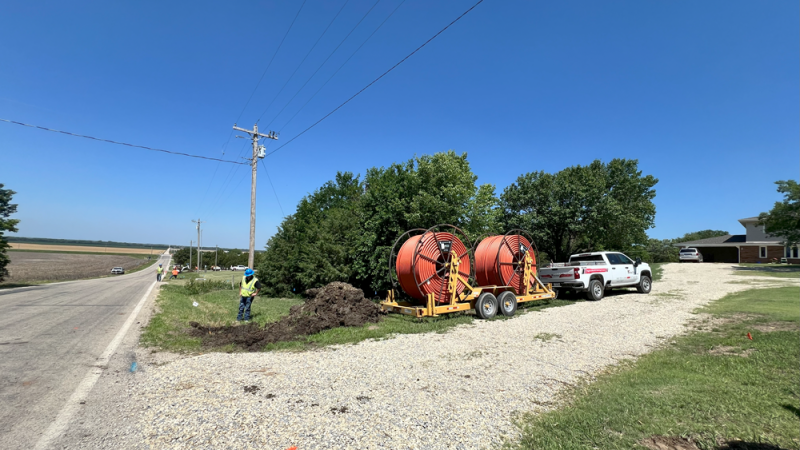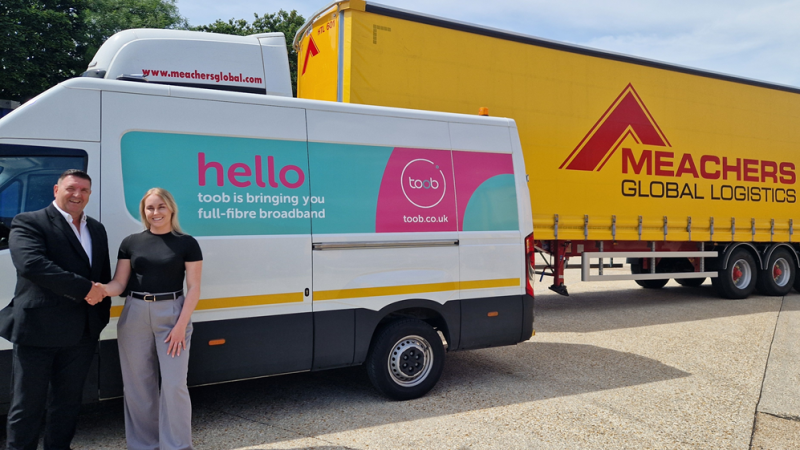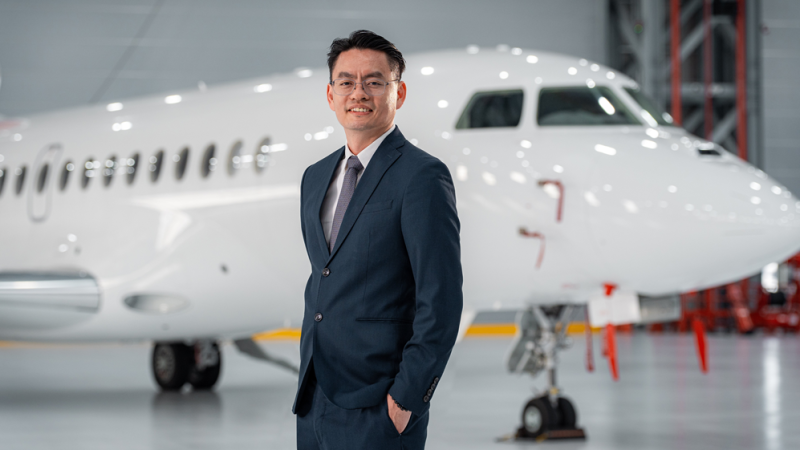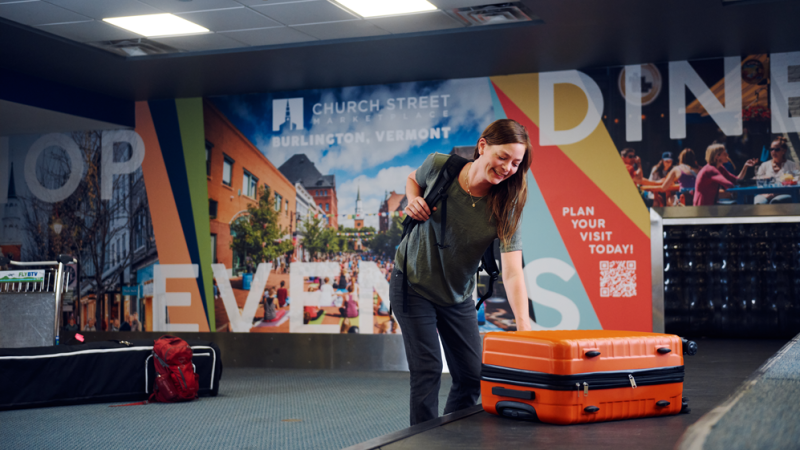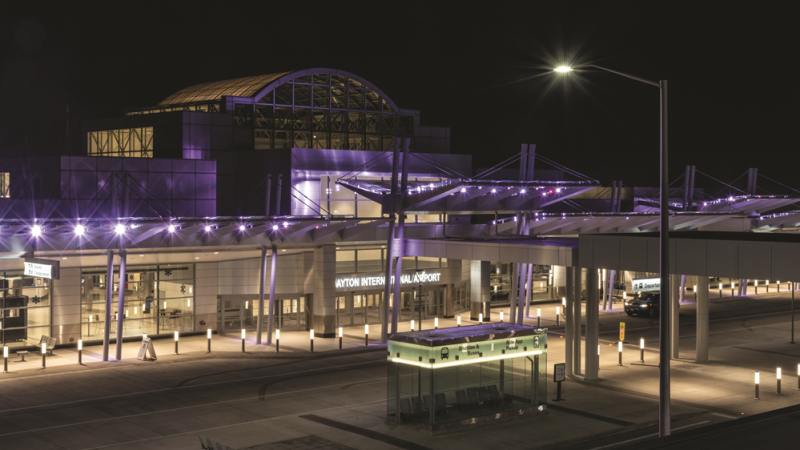ISAVIA – Keflavik International Airport is Iceland’s main transport hub. Last year it served 7.8 million passengers, rising to 8.5 million this year. The airport is particularly well positioned as a connection hub between Europe and North America. Today the airport serves 85 destinations, including 20 in North America, and another 60 across Europe.
“Our main focus is the important role we play in the prosperity of Iceland, and its population of 400,000 people,” says Brynjar Vatnsdal, Director of Airport Development for the Facility. “We have a huge tourist industry, serving 2.5 million tourists this year alone, so every connection to the rest of the world is important for the country.”
The airport has grown rapidly over the last ten years, an impressive achievement, but one that comes with challenges.
“Our main challenge in the development of the airport is to keep these tight connections that we have,” Vatnsdal says. “We have benefited from being a smaller airport that is easier to connect through. The challenge is to maintain that feeling for the airport while we are growing, because we need to get bigger. We need more stands and more gates while keeping that efficient and seamless connection experience.”
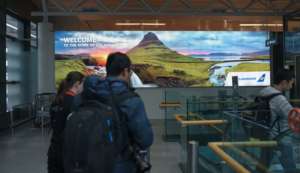 Location, Location, Location
Location, Location, Location
Keflavik International Airport’s strategic location means it is not just an invaluable facility for Iceland’s transport infrastructure but for transatlantic flights as a whole.
“Connecting through ISAVIA is likely to be faster than connecting through bigger airports in the States or Europe,” Vatnsdal tells us. “We offer large connection banks that allow us to place connecting flights close to each other so that the total length of a journey is not much more than a direct flight. As we develop our airport as a connection hub, we are focusing on continuing that level of convenience.”
But while Keflavik’s value as a connection point cannot be overstated, this airport is also the gateway to Iceland itself, and even for those passengers who are only here for a few minutes between flights, Vatnsdal is keen everyone who comes through can enjoy a glimpse of what the country has to offer.
“We can offer a taste of Iceland and hope that we garner enough interest about the country that guests might want to return as tourists,” Vatnsdal points out. “We are focusing on Icelandic restaurants and the hospitality you might find in downtown Reykjavik.”
The airport’s master plan includes taking advantage of the amazing landside opportunities available. For instance, the airport operator is planning to open up an opportunity for a hotel near the terminal in the near future.
Iceland is also far more than just its local restaurants and hospitality, but this means taking the rough with the smooth.
“Of course, you will also get a taste of the Icelandic weather, which I’m not sure is a selling point, but it is definitely an experience!” Vatnsdal says. “Meanwhile, if you look out of the windows of our terminal you might have a view of an active volcano!”
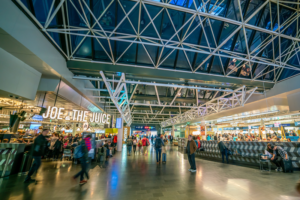 Growing without Slowing Down
Growing without Slowing Down
As ISAVIA grows, it needs to maintain its seamless functionality as a connecting airport, as well as a gateway to Iceland itself.
“It used to be that if there was a late flight from a US destination with connecting passengers, it was relatively easy to put that plane on the closest gate to keep connection times short,” Vatsndal says. “As we serve more and more flights, the allocation of gates while maintaining that flexibility is becoming a lot more complex.”
To pull this off, Keflavik’s newest development projects are undergoing an extensive process of desktop testing and analysis to determine how the airport will operate after its new expansion and what will happen when flights come in late, and passengers need to get to their destinations.
“We are opening four new stands this year, which is a big expansion for us,” Vatsndal says. “Just adding those stands and gates adds a whole new layer of complexity to ISAVIA, which takes time to get right.”
Fortunately, Vatsndal is not alone in this effort. He has the entire staff of the airport operator behind him.
“We are important to the infrastructure of Iceland and that means our people have a level of pride in working here,” says Vatsndal. “We know how important we are to the Icelandic economy, especially for the local community and municipality. So, we take that very seriously with all our developments. We work closely with the local municipality, which is where approximately 70% of our staff live.”
Keflavik International Airport’s relationship with its own people is important as well.
“We have embarked on a company-wide culture journey,” Vatsndal tells us. “We sat down and talked about how we want the employee culture in the company to work out and how we can all work together on maintaining that. That journey has continued for two years and has already yielded good results. The staff are happier with the culture.”
One thing Vatsndal always keeps in mind is that his staff are only one small component of the enormous community that is necessary to keep ISAVIA running, and he must keep them all in mind when making decisions about the future of the airport.
“We are the operator of the airport, but we still only employ between 12 and 15% of the total staff of the airport,” Vatsndal points out. “We have to remember that we are not the only staff here. Everything we do to be beneficial for our staff needs to be implemented for the whole airport community. We think of the airport as a community of 10,000 workers, not just our 1,200 direct employees.”
ISAVIA updated its master plan for the airport’s future last year and established a two-phase project that will chart the airport’s course until 2045. The first phase will see the airport develop its capacity within the limitations of its existing runway system, which consists of two intersecting runways. From there, the airport will enter its second phase and begin building a second or third parallel runway, allowing it to further grow its capacity.
“Our main focus is to get more stands, particularly connecting stands closer to the terminal,” Vatsndal says. “We will use that to build on our capacity while increasing the service level for our guests through more food, beverage and retail opportunities.”
